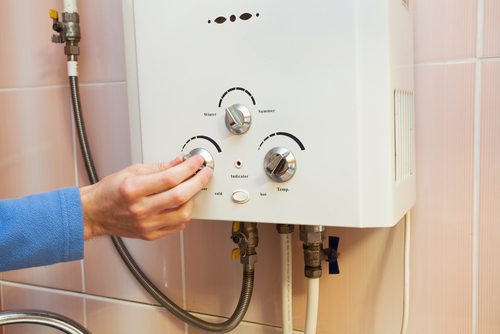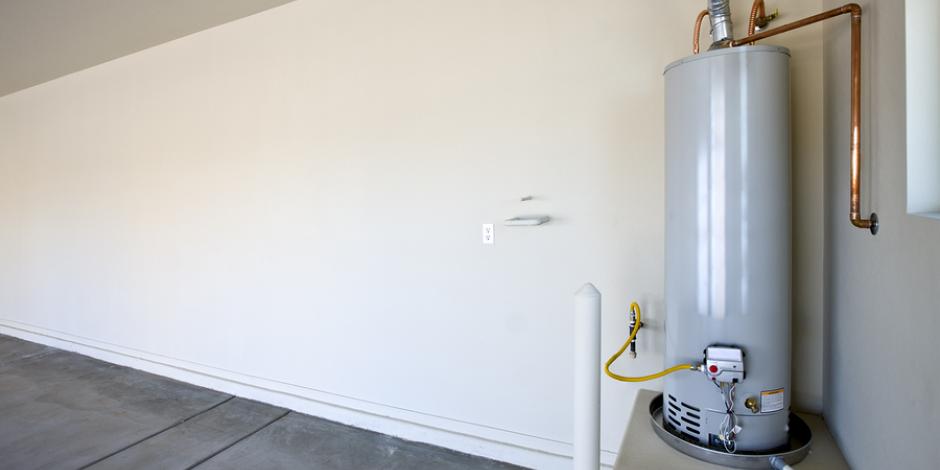Best Practices for Maintaining Your Home's Hot Water SystemUseful Techniques for Caring for Your Home's Hot Water System
Best Practices for Maintaining Your Home's Hot Water SystemUseful Techniques for Caring for Your Home's Hot Water System
Blog Article
How do you feel about Tips on Maintaining a Water Heater?

Hot water is vital for everyday convenience, whether it's for a refreshing shower or washing recipes. To ensure your hot water system runs successfully and lasts much longer, regular maintenance is vital. This short article supplies practical ideas and understandings on how to preserve your home's warm water system to avoid disturbances and pricey repairs.
Introduction
Keeping your home's hot water system might seem overwhelming, but with a few straightforward steps, you can ensure it runs efficiently for years to come. This overview covers whatever from recognizing your warm water system to DIY maintenance ideas and understanding when to call professional help.
Significance of Preserving Your Warm Water System
Normal upkeep not just expands the lifespan of your warm water system but additionally ensures it operates efficiently. Overlooking upkeep can result in reduced effectiveness, higher energy expenses, and also early failing of the system.
Signs Your Hot Water System Needs Maintenance
Understanding when your warm water system needs attention can protect against significant problems. Look out for indications such as irregular water temperature, strange noises from the heater, or corroded water.
Recognizing Your Warm Water System
Prior to diving into maintenance tasks, it's valuable to recognize the basic elements of your warm water system. Commonly, this consists of the hot water heater itself, pipelines, anode poles, and temperature level controls.
Month-to-month Maintenance Tasks
Regular monthly checks can assist capture small concerns prior to they rise.
Flushing the Water Heater
Flushing your water heater eliminates debris buildup, improving efficiency and lengthening its life.
Checking and Replacing Anode Rods
Anode rods prevent corrosion inside the tank. Examining and replacing them when worn is important.
Examining and Adjusting Temperature Settings
Adjusting the temperature level setups makes sure optimal efficiency and security.
DIY Tips for Maintenance
You can execute a number of maintenance jobs on your own to keep your warm water system in leading condition.
Looking for Leakages
Regularly check pipes and links for leakages, as these can cause water damage and higher costs.
Evaluating Stress Relief Valves
Checking the pressure relief valve guarantees it functions properly and prevents extreme pressure build-up.
Insulating Pipelines
Protecting warm water pipes minimizes heat loss and can save power.
When to Call a Professional
While DIY upkeep is beneficial, some problems call for professional competence.
Complex Concerns Requiring Expert Aid
Instances consist of major leaks, electric troubles, or if your water heater is regularly underperforming.
Routine Specialist Maintenance Benefits
Expert upkeep can include complete inspections, tune-ups, and making certain compliance with security criteria.
Conclusion
Routine upkeep of your home's hot water system is necessary for efficiency, durability, and price savings. By complying with these pointers and knowing when to seek expert aid, you can ensure a trustworthy supply of hot water without unexpected disruptions.
How to Maintain an Instant Hot Water Heater
Before tinkering with your hot water heater, make sure that it’s not powered on. You also have to turn off the main circuit breaker and shut off the main gas line to prevent accidents. Also turn off the water valves connected to your unit to prevent water from flowing into and out of the appliance. 2. When you’re done, you have to detach the purge valves’ caps. These look like the letter “T” and are situated on either side of the water valves. Doing so will release any pressure that has accumulated inside the valves while at the same time avoid hot water from shooting out and burning your skin. 3. When the purge valves’ caps are removed, you have to connect your hosing lines to the valves. Your unit should have come with three hoses but if it didn’t, you can purchase these things from any hardware or home repair shops. You can also get them from retail stores that sell water heating systems. Read the user’s manual and follow it to complete this task properly. When the hosing lines are connected, open the purge port’s valves. 4. You should never use harsh chemical cleaners or solutions when cleaning your unit. Make use of white vinegar instead. It should be undiluted and you’ll probably use about 2 gallons. 5. Now flush your water heater. This task should probably take about 40 minutes. We can’t give you specific directions for this because the procedure is carried out depending on the type, model and brand of your heater. With that being said, refer to the user’s manual. 6. When you’re done draining the unit, you have to turn off the purge port valves again. Remove the hosing lines that you earlier installed on each of the water valves. Put the valve caps (purge port) back in their respective places and be very careful so as not to damage the rubber discs that are found inside these caps. 7. Now that everything’s back in place, check your user’s manual again to find out how to reactivate your water heating system. 8. Once it is working, turn one of your hot water faucets on just to let air pass through the heater’s water supply pipes. Leave the tap on until water flows smoothly out of it. https://www.orrplumbing.com/blog/2014/september/how-to-maintain-an-instant-hot-water-heater/

I came across that page on How to Maintain a Hot Water Heater in a Few Simple Steps when browsing on the internet. Sharing is caring. You never know, you might be helping someone out. Kudos for being here. Revisit us soon.
Visit My Web Page Report this page